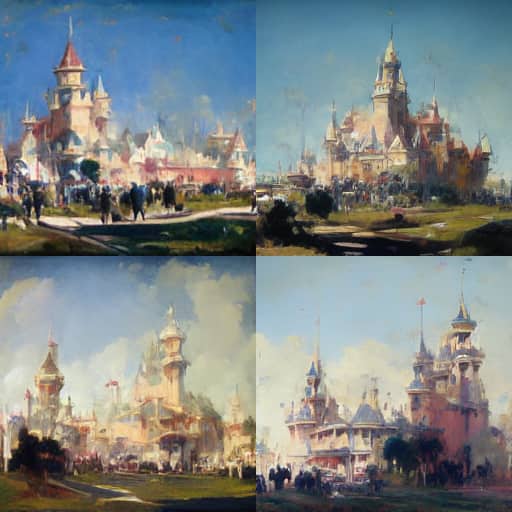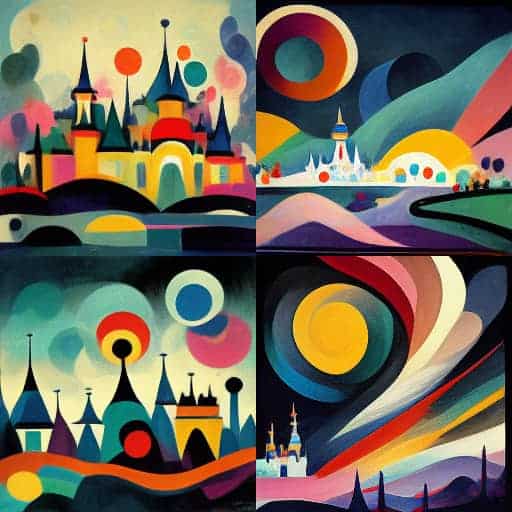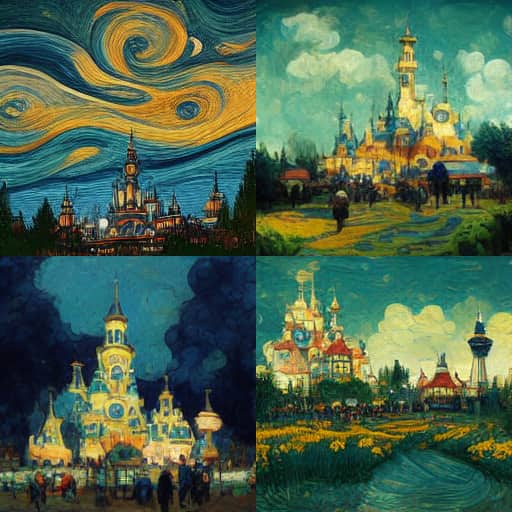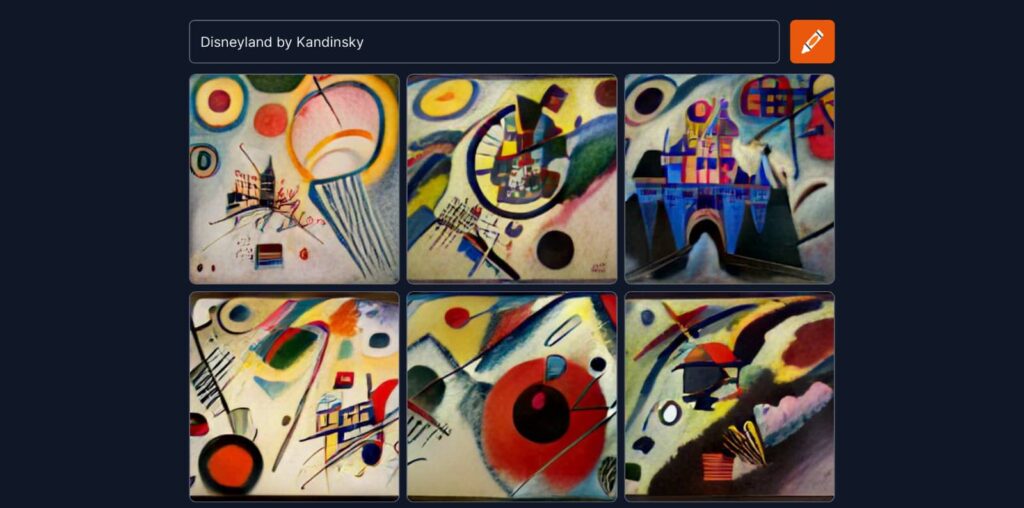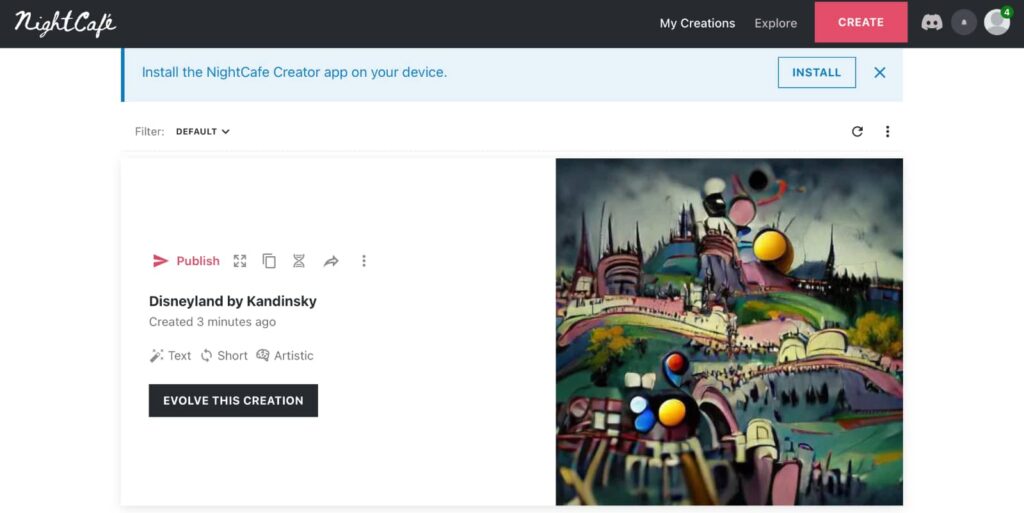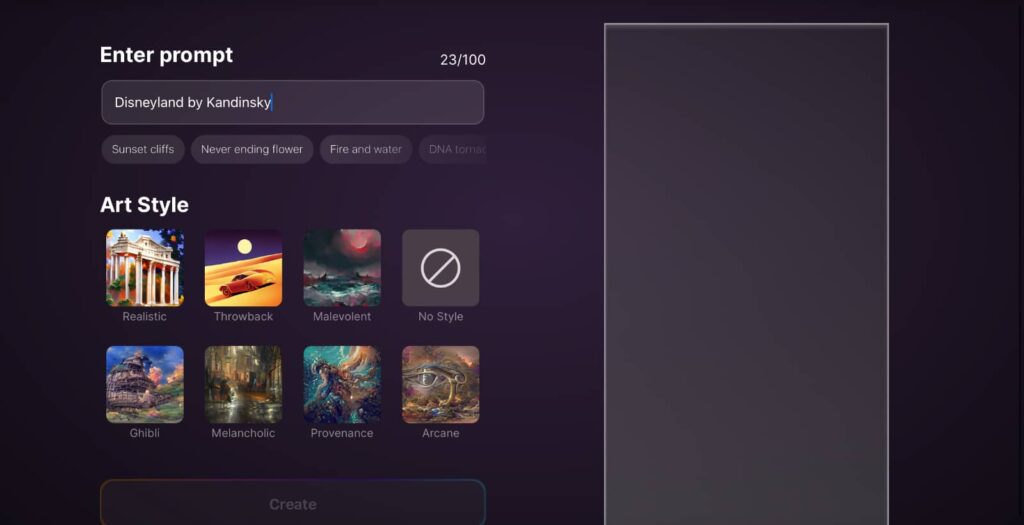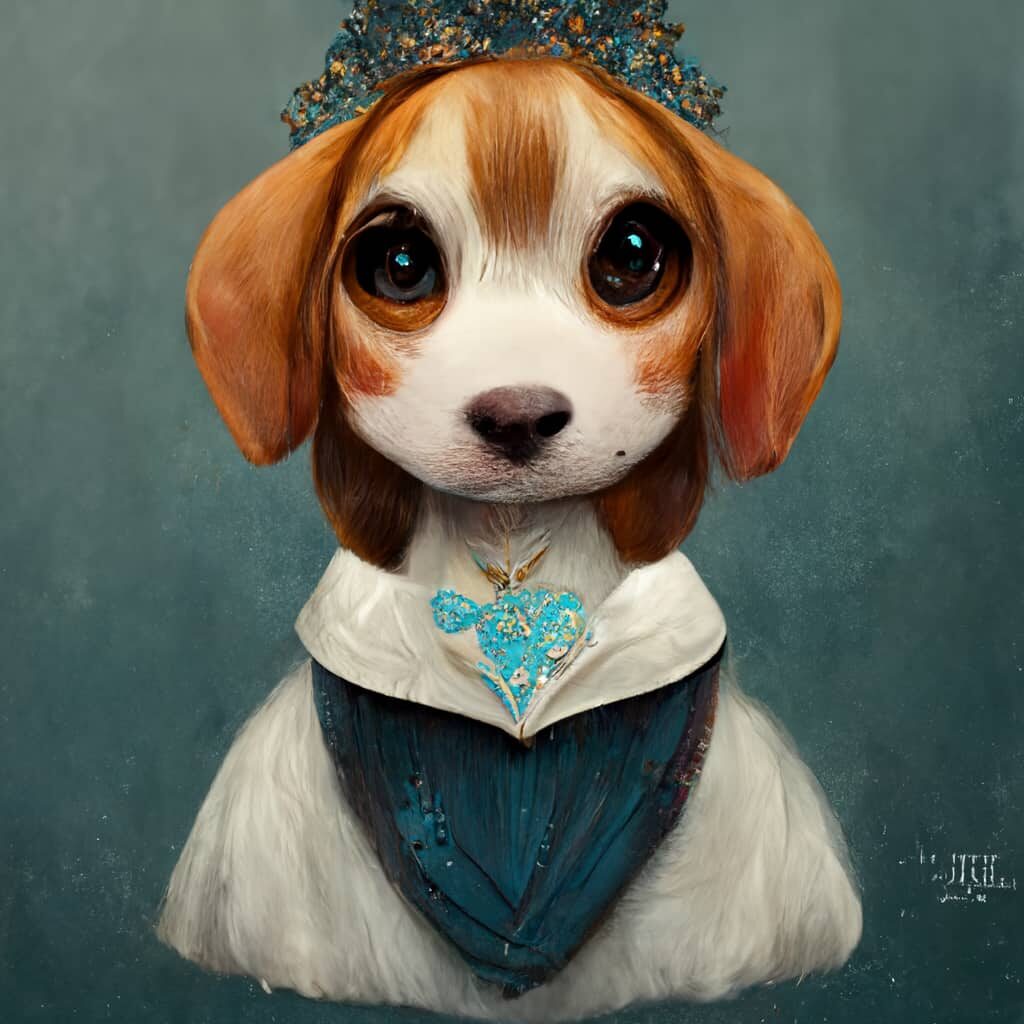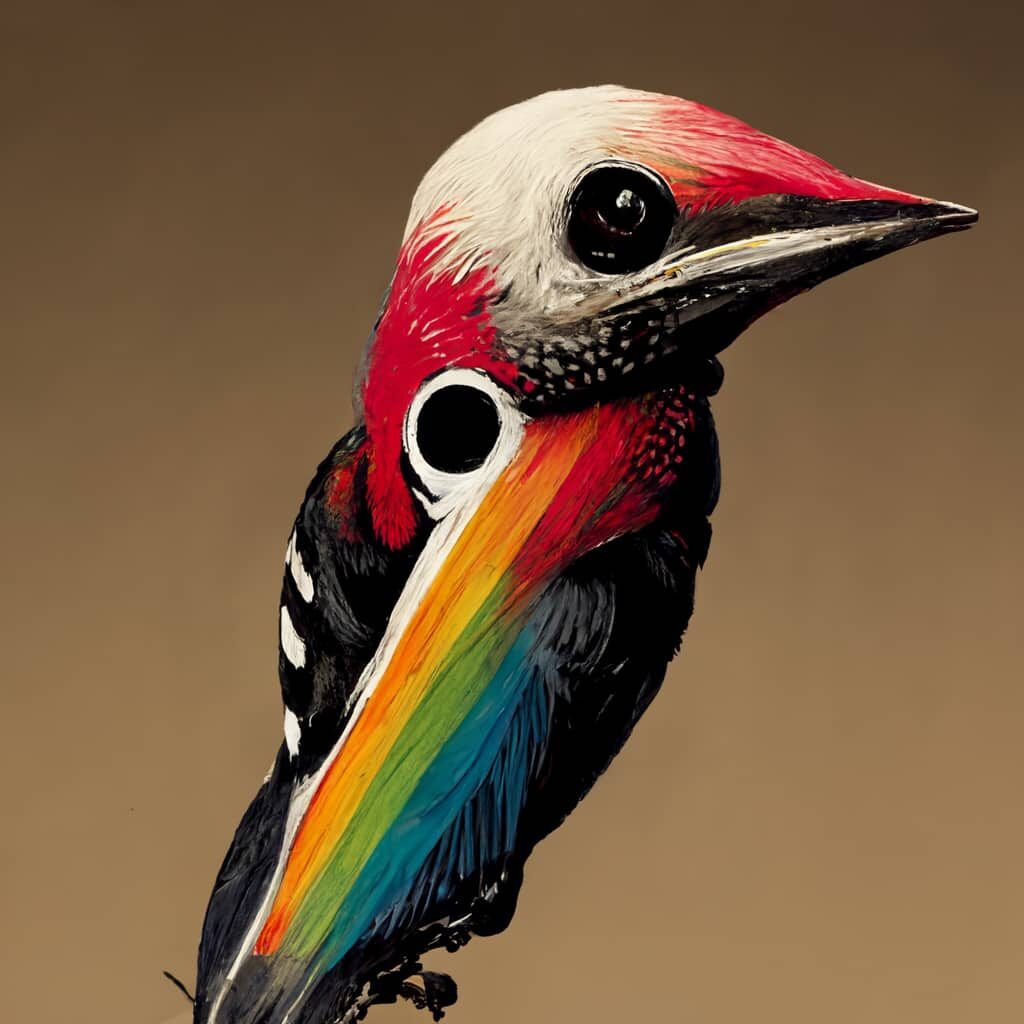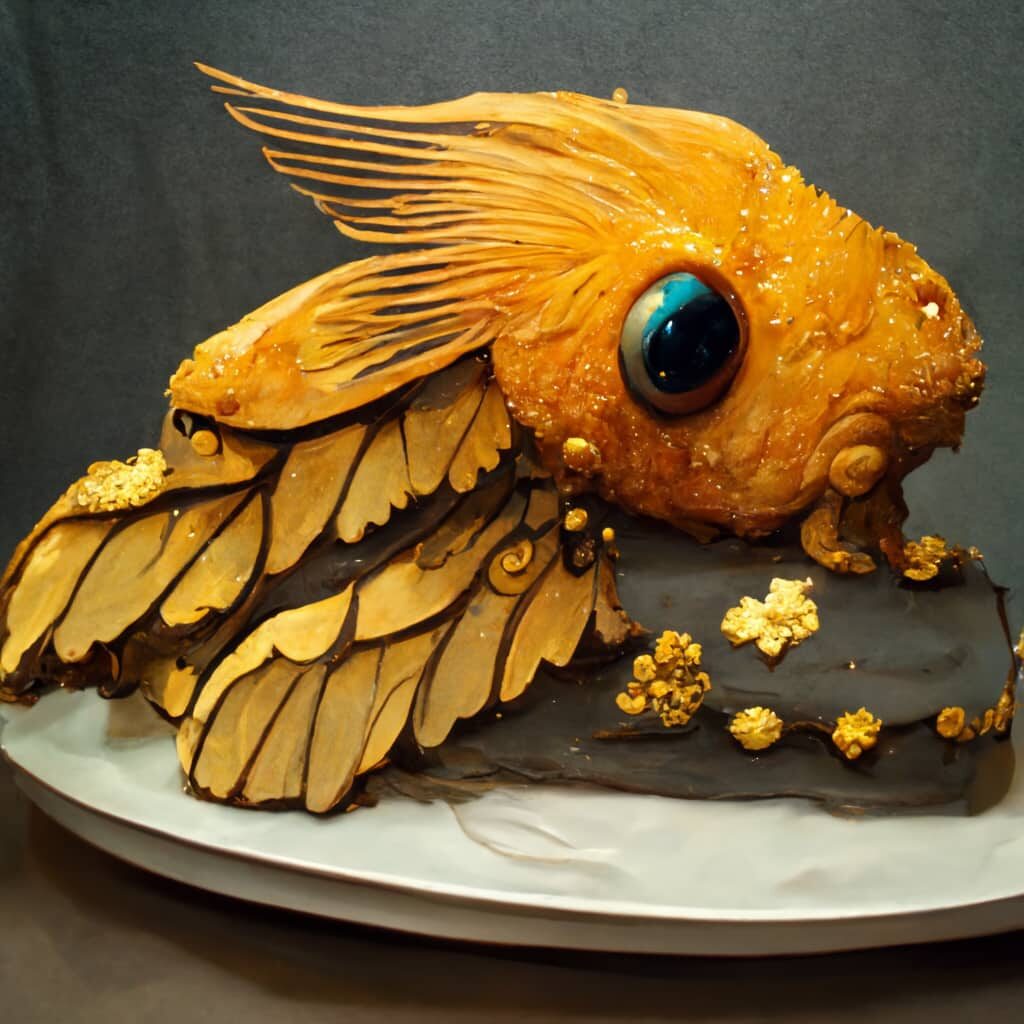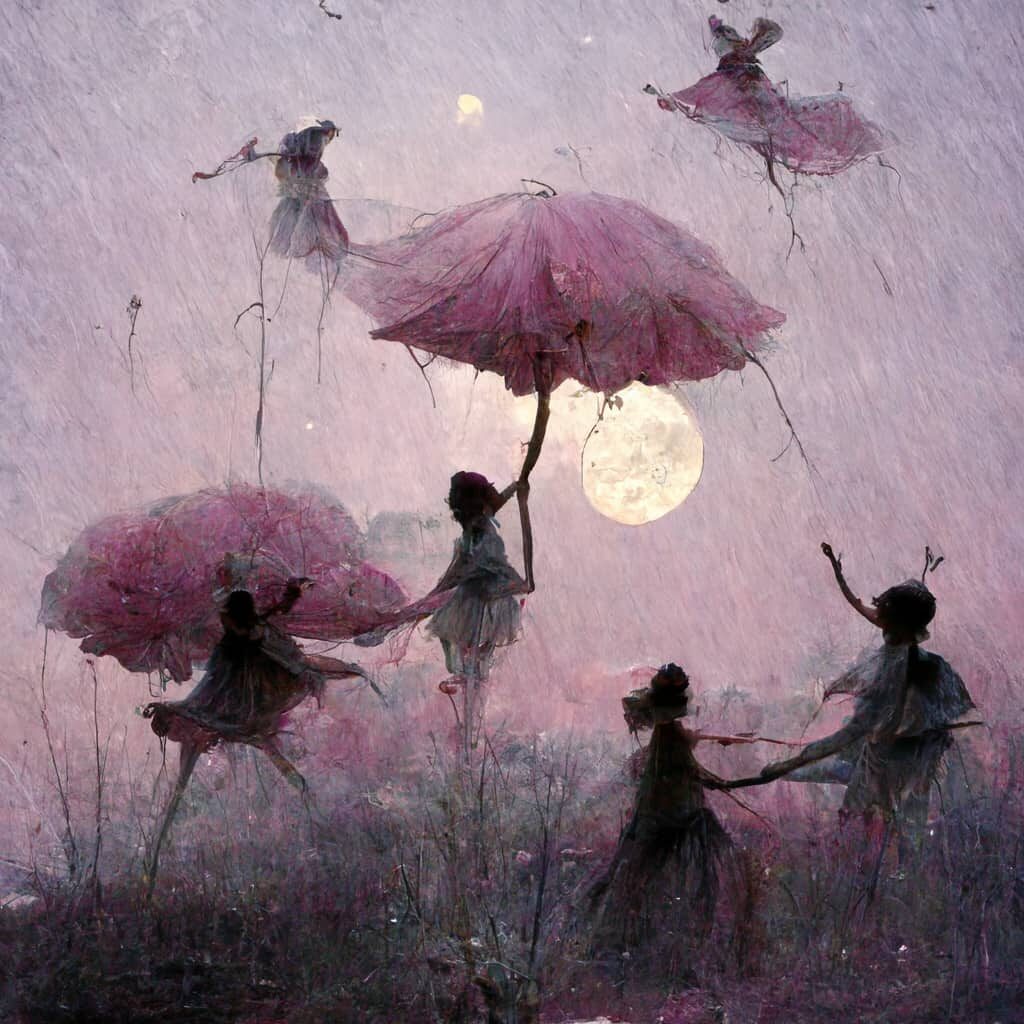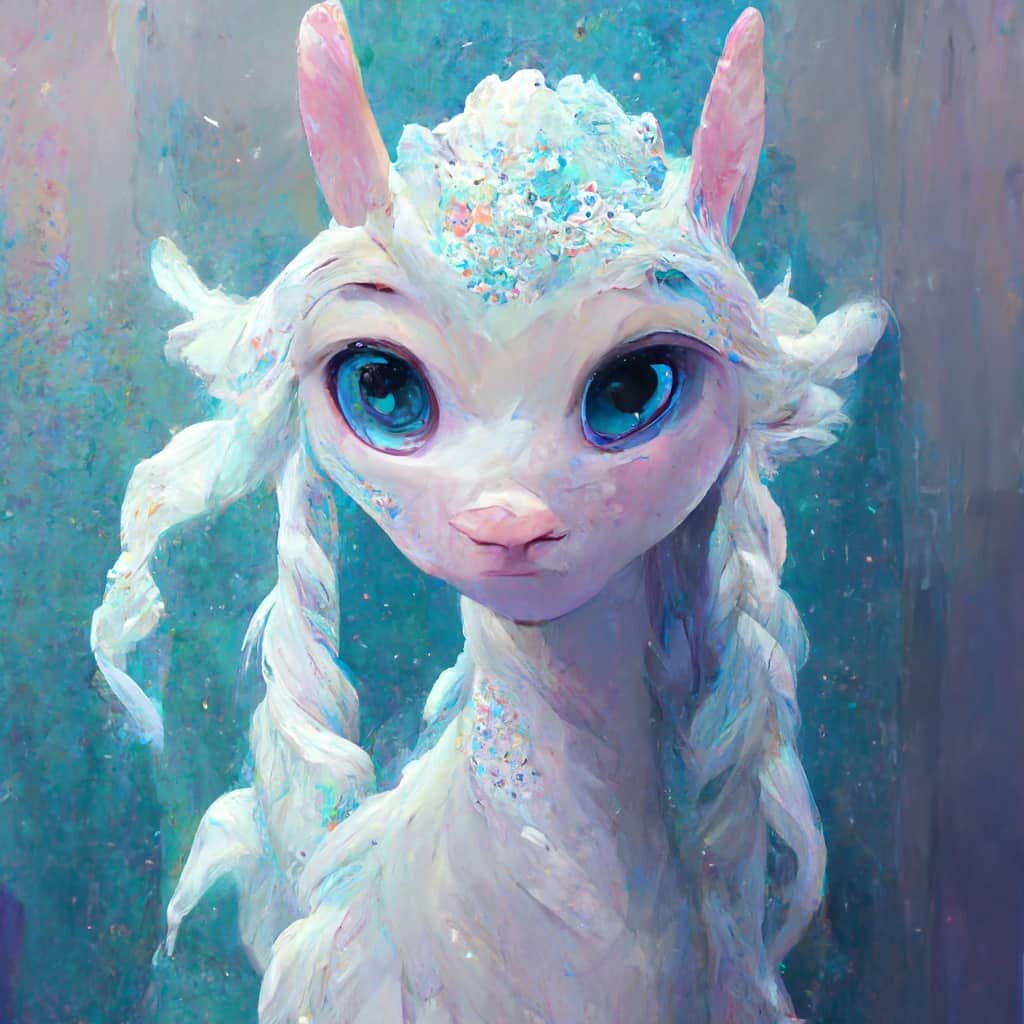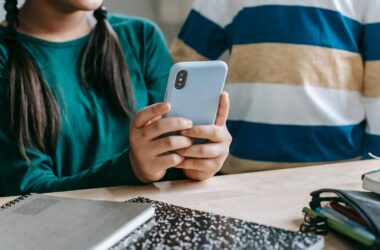Give a prompt and an AI model can spit out breathtakingly brilliant art, or something that misses the mark entirely. What is this world of AI art, and how can you try it?
Artists around the world aren’t exactly under threat, but if you glance at the world of computer-made art popping up from AI models, you can see why there might be cause for concern.
If you’ve browsed Twitter, Facebook, Instagram, or any other social media platform in the past few months, there’s a good chance you’ve seen some unusual AI-made art popping up. It’s a thing, and usually arrives from a small section of text run through a computer program, which in turn provides a result in an image.
Imagery created by artificial intelligence models and applications are becoming a thing of the now, and while they’re not yet in the hands of everyone, anyone can start dabbling, providing a bit of text and having an image pop up, almost by magic.
But it’s not quite magic, even if it feels that way, because artificial intelligence art generators and image makers are using technology to create imagery almost seemingly out of nothing.
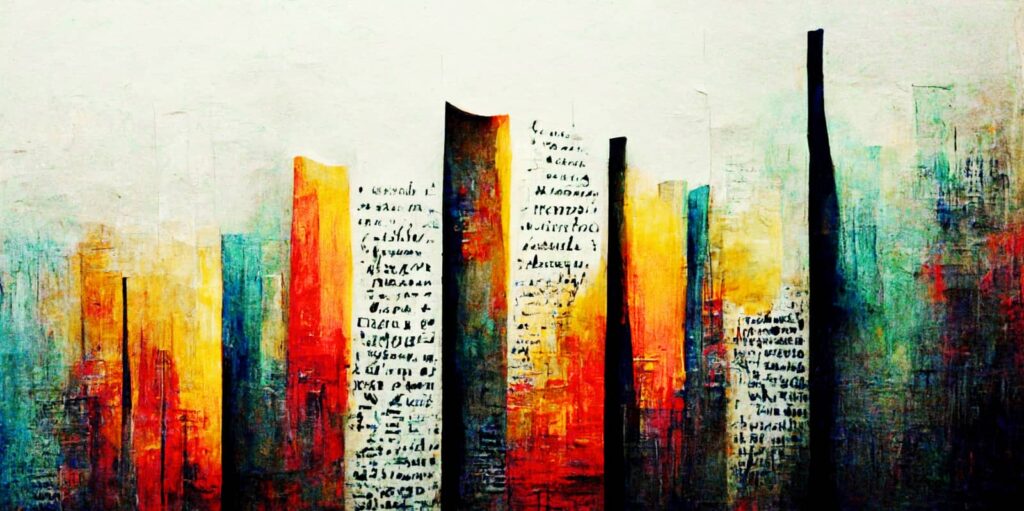
What is an AI art generator
When an artist makes an artwork, it’s with an idea and tools. Whether those tools are physical mediums — paint, pen, charcoal, camera, etc — or digital equivalents, a human making a piece of art typically takes hours to days to weeks, or sometimes more. They come from an idea and talent, and are built to purpose, be it from an artist or someone just dabbling.
Computer-based art generators are quite different. They’re built by code and analysis, comparing lots of different pictures to text, and building an understanding out of them. It’s a complex assortment of models and processes, going from text to images, using machine learning to understand elements of the prompt and joining the dots.
In short, these systems are in many ways trying to emulate a how the brain works by creating a neural network to understand text and make images from it.
Even if you don’t understand what is going on — and it’s so complex, that would probably apply to most people — the results are often incredible, as each spot of text tends to create something so whimsical and fantastical, it beggars belief that a computer created it in the first place.
The text-to-image AI art makers are Disneyland for your imagination, where anything you want becomes an intriguing result, many of which nail the idea, though some occasionally don’t often to hilarious consequences.
Examples you might want to see include running a theme through several artists, such as what we did with Disneyland.
Above, you can find examples (left to right) of what Disneyland would look like when painted by Arthur Streeton, Wassily Kandinsky, Vincent Van Gogh, and even a version of Disneyland as if the image of the park was painted for death metal album covers. Fun.
The results are often strange and fun, and typically very playful, but they can also be beautiful and make you yearn to print them, to throw them up on your wall as if you’ve commissioned a beautiful piece of art for your living room or office.
It’s a result not so much of artistry, but machine learning where the technology learns what goes together and why, providing a multitude of responses, and having you shape or decide on the outcome.
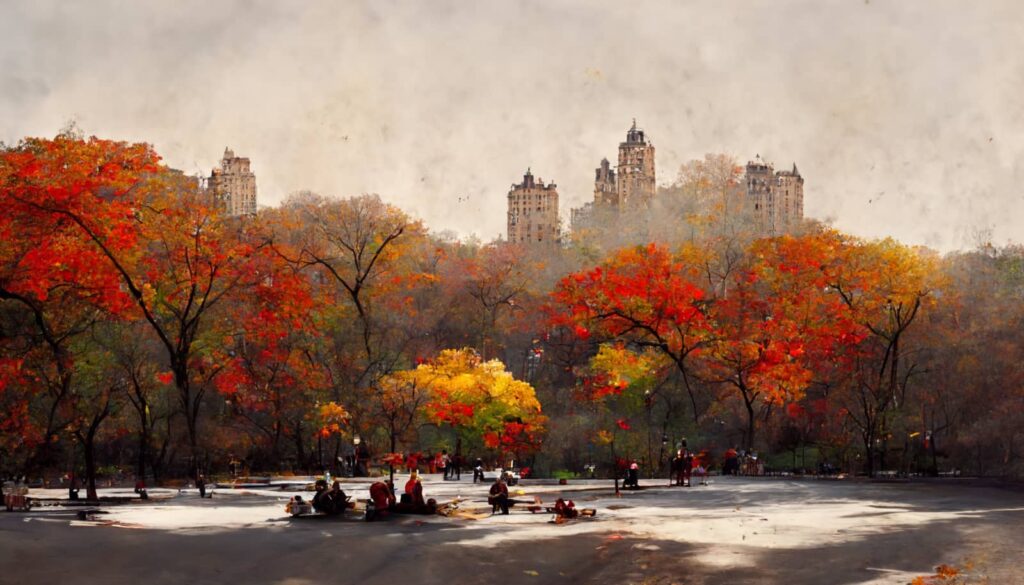
Which AI art generators can I play with (and how)?
While the technology seems far off and advanced, it’s not out of reach from everyone. Depending on how comfortable you are with a web browser or chat app, you can jump into AI art makers now, giving you something fun to do when you have some time to waste, or even any time.
The most advanced art maker of the bunch, OpenAI’s DALL-E 2, is largely off limits for most, even though the beta is expanding and opening up gradually. Google has a variant on the way in Imagen, but it might not even see public use.
However, there are options you can try simply by using an app or visiting a website. Many of them are free to try out, and you can see instant results.
For every one of these examples, we’ll be running through the prompt “Disneyland by Kandinsky” to see what happens, so you can see the differences between them.
Craiyon
One of the more obvious choices to pick up doesn’t require a Discord account, and can just be used by visiting a website.
Craiyon, formerly DALL-E Mini, is a text-to-art generator that lets you pop in a theme and see the results, typically in a grid of 6 to 9 variations.
Those images are typically low res in Craiyon, and it won’t give you the cool high-res imagery like how some other AI art makers can do it, but at least you can dabble and get a taste for what’s going on.
Craiyon is totally free to use, though, so you can just visit, dabble, and see the results.
Midjourney
The one we’ve been having the most fun with is Midjourney, and it’s one that you’ll need the Discord app to play with, heading to the Midjourney website and joining the beta. Once joined, you simply jump into Midjourney’s Discord server, and find an empty channel for newbies to enter your prompt.
They can be as simple as “Miles Davis looking at his trumpet” to “Miles Davis looking at his trumpet under a lone lamp on a rainy night, Voigtlander Super Nokton 29mm f/0.8, Cinelux ASA 100, medium-format print”, identifying a complex topic, the camera and lens it was captured on, the film stock, and the resulting print.
All of these variables could create a painting or even an image that looks like a photo, as Midjourney uses its recently updated algorithms to craft art that is fun, exciting, and genuinely compelling.
To date, it has produced our favourite example of the test prompt for this article, “Disneyland by Kandinsky”. It has produced most of the examples we’re using throughout this piece.
However, Midjourney does cost money, providing you a sample of pictures to start with, around 15, but then asking you for a monthly fee from $10 USD per month for around 200 images per month.
Night Cafe
Named for a work by Van Gogh, Night Cafe is like Craiyon in that it lets you type in a prompt and see artwork come out of it.
Night Cafe offers two types of AI art generation, with text to image being the popular one, but also there being a “style transfer”, allowing you to move the styles of one image to another, like if you wanted the swirling stars from Van Gogh to be transferred to something else.
The text prompt is likely the one you’ll play with, and it works by typing in a prompt and choosing a style, as well as deciding on an algorithm to use.
It’s worth noting that Night Cafe is free for the first five images, but after that you’ll need to spend a credit per image, either paying monthly from $10 USD per month to buying a credit pack from $8 USD for 40 credits that you can use whenever.
Wombo Dream
An AI art maker available on both the web and via an app, Wombo’s “Dream” offers the similar text prompt to art style, with a choice of art style to use, and even images to draw inspiration from.
Interestingly, you can also turn those AI art creations into NFTs if you so choose. Whether they’ll actually be worth anything is a matter for the frustratingly complex world of crypto and image worth — our guess is probably not — but it’s an option we’ve not seen on any other AI art generating platform to date.
The results from Wombo are also quite interesting, and they’re also quite free (at the time of publishing), though you maybe be able to order a print of your Wombo art, and that is something that will cost money.
How to have fun with an AI art generator
Regardless of which you end up picking to try, you can have fun with any AI art maker simply by providing a prompt and then watching the magic happen.
And “magic” is probably the best word for it, because much like how Arthur C Clarke said “any sufficiently advanced technology is indistinguishable from magic” and people have been interpreting it, good luck working out just what exactly the AI is doing for your prompt to turn it into art. It’s technology, sure, but it may as well be magic.
Is there a risk that AI art makers could erode what artists do?
While there’s always a risk that AI art could make art by human artists less of a thing, we’d say this is more for fun rather than the creation of physical art, and for at least two reasons.
1. Art by a real artist is typically more than flat
When you get a piece of artwork made, it may not be a flat digital A4 or A3 print. It’s likely going to be larger and possibly textural, with actual brush strokes and a sense of physicality digital prints might not have.
2. You can’t make AI art prompts to exactly what you want
The other point is that while cool and fun and playful, AI art makers never really do exactly what you want, at least not in these early stages.
You can describe what you want with more detail than a simple prompt, throwing in extra details you want there, sizes, technology uses such as “raytracing”, “HDR” and “8K”, and even define the aspect ratio, but you’re still relying on a computer being fed instructions and a model attempting to understand what you want. It’s distinct from being able to talk to an artist, and hearing its story, how it was concocted, and so on and so on.
Above examples from Midjourney with themes created by Ms. Five (from left to right): Princess Penelope Elsa Dongo the Beagle, a rainbow woodpecker, a goldfish with wings eating cake, fairies dancing under a pink moon, and Elsa as a unicorn princess.
There are other reasons why digital art may not affect the world an artist lives and works in, but these two strike this writer and artist (complete with a fine arts degree!) as being two of the more obvious ones.
It’s worth noting that while AI art is not art by a human, they are both still art. Whether or not they deliver what you want from your art will come down to who has created it and who is viewing it.
And if you’re getting enjoyment out of it by creating something that would never exist, that’s totally fine. But if you’re after a big picture to decorate your wall with texture and a story, there’s a good chance you may want to hire a real artist to make it for you, or to buy something they already have.



